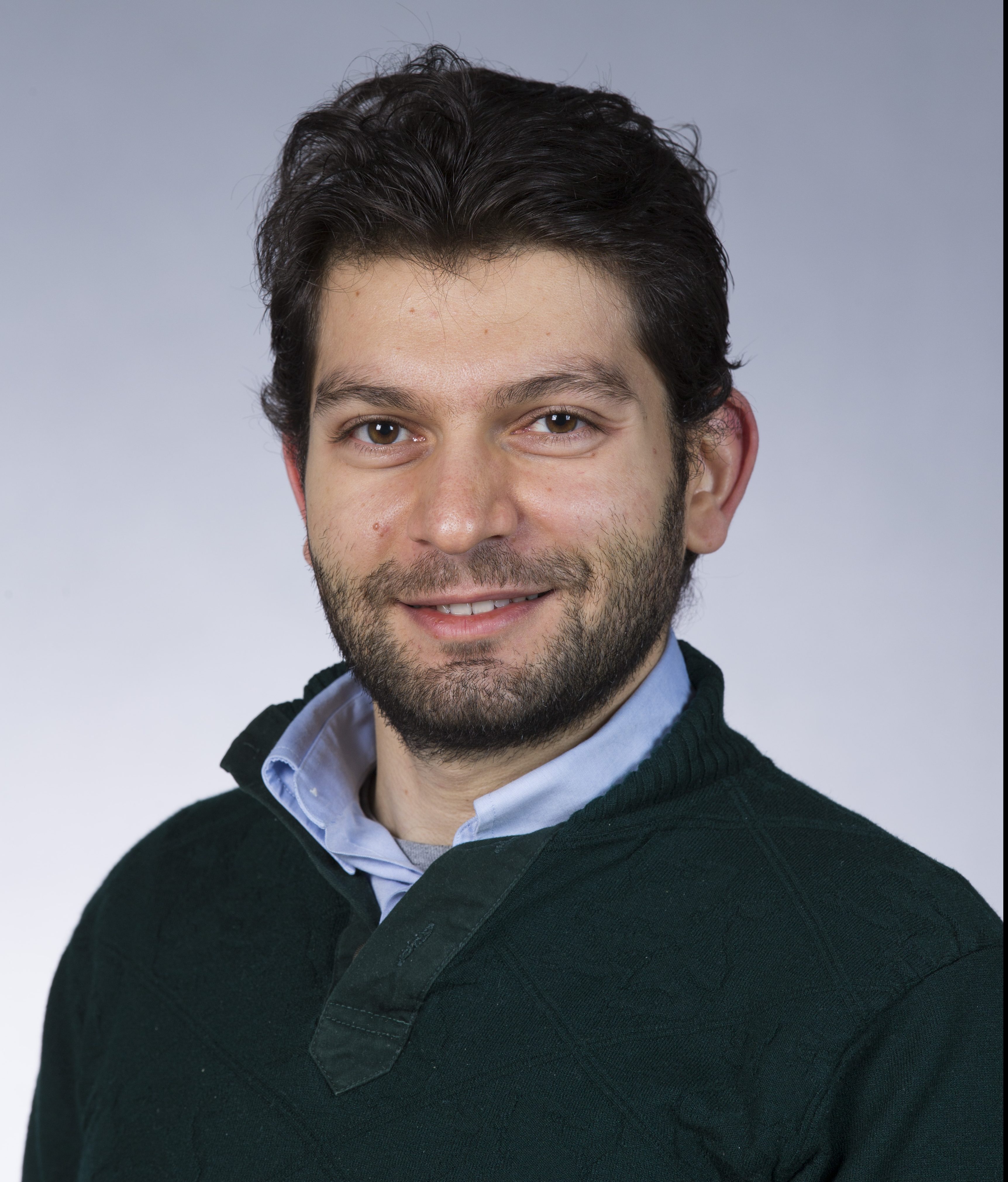
Davit Potoyan and his research team have made advancements in the understanding of the nature of embryonic stem cells and how they transition into specific adult cells by using a novel computational methodology. The knowledge could one day lead to advancements in organ growing for transplants, reducing reliance on organ donation.
Embryonic stem cells are pluripotent, meaning they are not yet restricted in type and may become any kind of cell type from a kidney cell to a brain cell. The nature of pluripotency and the way this critical phase of cellular life is regulated is poorly understood.

(Christopher Gannon
Iowa State University)
Advances in sequencing technology have allowed researchers to come up with schematic "maps" of how genes communicate with each other. These models, referred to as Boolean networks, show how different genes and proteins are related to one another, with gene A activating gene B, gene C repressing gene A and so on. This is extremely useful information but it is still not enough to understand how the network functions as a whole. For that, researchers need crucial information about the biological reality of genes and their environment.
In particular, the manner in which the communication and interaction between genes is taking place in real cells as implied by the Boolean networks is unclear. The Boolean networks also do not account for the dynamic nature of the genes and proteins which undergo random fluctuations between on or off modes: actively churning out proteins or being idle.
Potoyan developed a new computational model that incorporates the fluctuating dynamics of genes and the nuclear environment while accounting for the experimental data that the Boolean networks are based on.
"This is something that’s like a holy grail in biology right now: to be able to infer the connections between genes is an enormous challenge," Potoyan said. "What we do is a challenge on top of that challenge basically, taking the schematic networks and now extending them to be consistent with the data and also capture some of the dynamism and stochasticity inherent in every cell."
Potoyan’s model also gives an explanation of the role of genes randomly switching on and off. According to his research, cells are optimally sensitive to signals that direct their development when genes switch on and off at an intermediate time scale – not too fast and not too slow.
"This reconciles what people see in the experiments and now gives a rationalization why this can be useful," he said. "As theoreticians, we like to give explanations of what experimentalists are observing."
The gene switching is controlled by epigenetic changes. These are changes on the genes by proteins or other molecules that bind to genes making them more or less accessible. The proteins act as gatekeepers, causing a gene to compact and become less accessible or to expose the gene and make it more accessible.
As genes vary how fast they switch on and off, this affects how sensitive the cells are to signals around them that direct them toward certain development pathways, affecting what type of cell they become.
"One way we see that epigenetic changes can steer cells towards fate is that they can simply make genes switch either faster or slower," Potoyan said.
Because of the pluripotency of stem cells, researchers in biomedical applications have interest in using them to grow organs for transplants. This would reduce the current need to wait for suitable organ donations to perform transplants.
"By making these models and advancing our fundamental understanding of how pluripotency works, hopefully people will be able to design and steer cells artificially to different fates and be able to control this pluripotency within the lab," Potoyan said. "But our immediate goal is to have a better fundamental grasp of what is going on at this stage of cellular life, a stage when they are embryonic."
Read the journal article online.